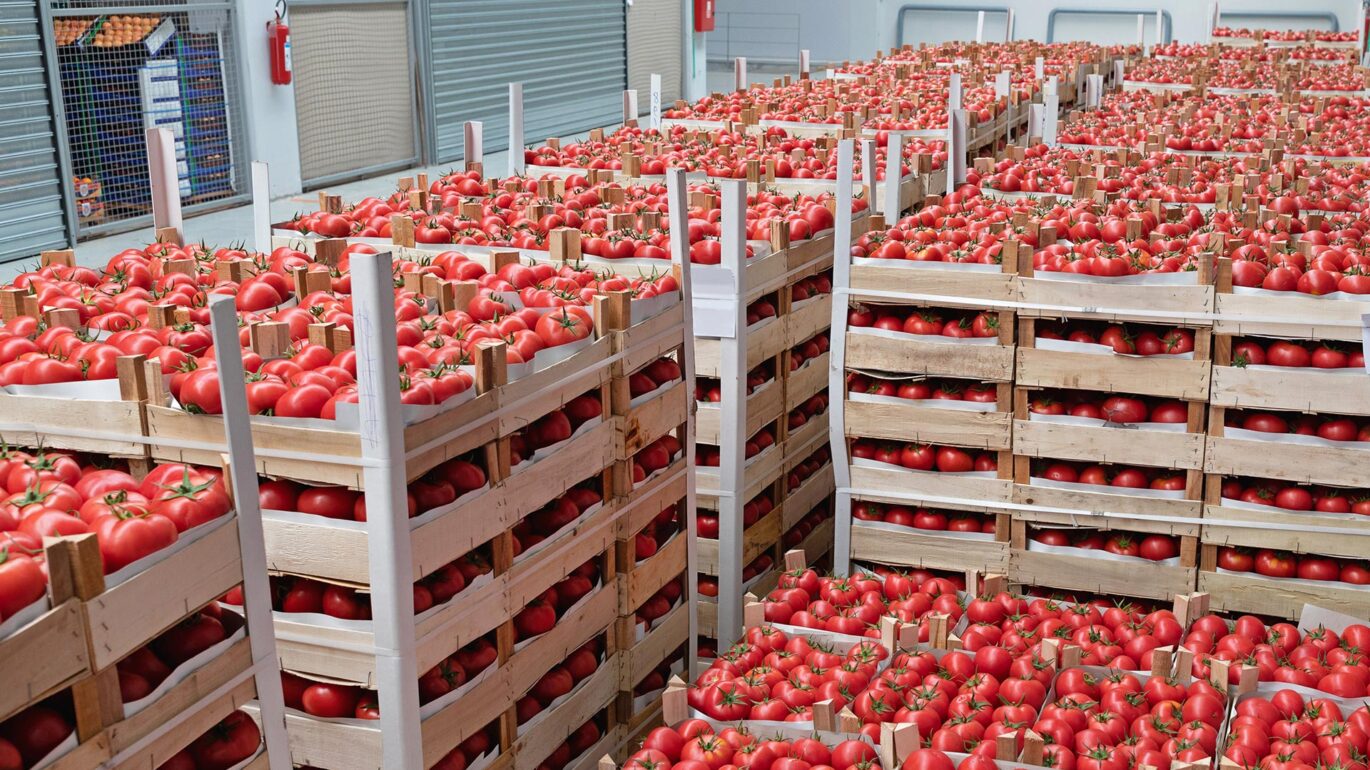When workers and employers from the food and beverage wholesale distribution industry came together earlier in 2023 to determine their top risks, it was a reminder about how much we can accomplish when everyone works together. Facilitated by Workplace Safety and Prevention Services (WSPS), the risk assessment workshop for the industry engaged worker and management representatives, with the support of various stakeholders, to gain a deeper understanding of the occupational health and safety risks they face at work.
The food and beverage wholesale distribution industry is an integral part of Ontario’s food system. Almost everything we purchase from a grocery store has passed through a wholesale food and beverage distributor before it appeared on the store shelf. They are the link between manufacturers and retail outlets. Without wholesalers, the food and drink products we have access to and the way we buy them would be very different.
Why wholesale distribution?
Considering how important the food and beverage wholesale distribution industry is to our daily lives, it was concerning to see that in 2022 it had a much higher lost-time injury (LTI) rate (1.22) than the general services sector (0.67). These numbers tell us that wholesale distribution workers were getting hurt more often than workers in the other sectors WSPS serves. Because of this, WSPS decided to apply the proven risk assessment and root-cause analysis methodology, introduced by the Ministry of Labour, Immigration, Training and Skills Development (MLITSD). “Food and beverage wholesale distribution was chosen for this initiative because it had the highest subsector risk rating in the service sector and the third highest across the three sectors WSPS serves, based on WSIB premiums and LTI rates,” said Rishma Brenner, Health and Safety Consultant with WSPS. Rishma co-facilitated the risk assessment workshop.
Risk assessment and root-cause analysis workshops are not new to Ontario. Since 2014, they have been conducted with several sectors, including healthcare, mining, transportation, construction, and agriculture. More recently, Ontario’s food manufacturing sector went through this process and uncovered its top risks and the root causes of inadequate lockout tag-out, which was identified as the primary risk during the risk assessment activity. “This process has proven to be a systematic way to rank industry-specific risks as identified by the workers, supervisors, and employers who are working with and have the most knowledge of these hazards,” said Jody Young, President and CEO of WSPS. “This process moves participants away from pinning responsibility for safety on one group or another within an organization to collectively identifying ‘what keeps everyone up at night’ regarding their safety in the workplace.” It leverages the collective experiences of all involved to identify risks, rather than relying on lagging indicators.
For food and beverage wholesale distribution, WSPS invited workers, supervisors, and employers from companies of various sizes to participate in the risk assessment. These representatives volunteered their time to identify, discuss, and analyze the leading risk factors in their industry. In advance of the workshop, they submitted their top health and safety concerns. “We asked the participants to think about what was hurting them or could potentially hurt people or make them ill,” explained Rishma. “In total, 51 hazards were identified before the workshop. Three more were added the day of the workshop, and one more was added post-workshop. So, 55 hazards were ranked, assessed, and validated.”
The top ten identified
Musculoskeletal disorders related to manual material handling topped the list of risks ranked by the group, which aligns with injury data from 2020 and 2021. During those years, the most common LTI in this industry was due to overexertion, especially while lifting, pulling, and pushing. The second highest risk, as identified by the group, was low risk perception. This refers to the idea that workers and employers either aren’t aware of or don’t fully understand the risks they may be encountering at work. Third on the list was slips, trips, and falls, followed by workers’ heads struck against racking. The remainder of list included pedestrian safety, fatigue and stress as a risk factor, the presence of temporary workers (i.e., workers from a third-party agency), motor vehicle incidents during the transportation of goods, moving pallets around, and powered material handling equipment collisions with fixed structures/objects.
Collaboration led to a positive experience for all
“By using an open, transparent, and collaborative process, we ensure that different perspectives and viewpoints are heard,” said Rishma. Her comments were echoed by Monica Sohi, Health and Safety Manager for Metro Ontario Inc. “This method of risk assessment is effective because it considers the larger picture of the industry. It allows for group input and discussion,” said Monica. “As each company has different processes, products, and work environments, this approach gave us the opportunity for a thorough discussion and to share our knowledge.”
Cameron Melin, a worker representative from Gordon Foods, found the risk assessment workshop to be a productive event. “I enjoyed the collaboration among others within my industry and I was happy to put my experience to use,” he said. “A risk assessment can sometimes be very one-sided and may favour a desired viewpoint. Because we were such a varied group, it led to an unbiased result.” Overall, this seems to have been a valuable experience for everyone. “Sometimes it seems like the only interactions we have on these topics are negative,” said Cameron. “This exercise helped build positive relationships.”
The next step for the food and beverage wholesale distribution industry is to complete a root-cause analysis workshop. The group will come together again to drill down on the top identified risk—musculoskeletal disorders related to manual material handling—and will examine what is causing them. Then, the results will be shared by WSPS, system partners, and other industry stakeholders and the information used to develop resources specifically targeting the hazards in this subsector.



